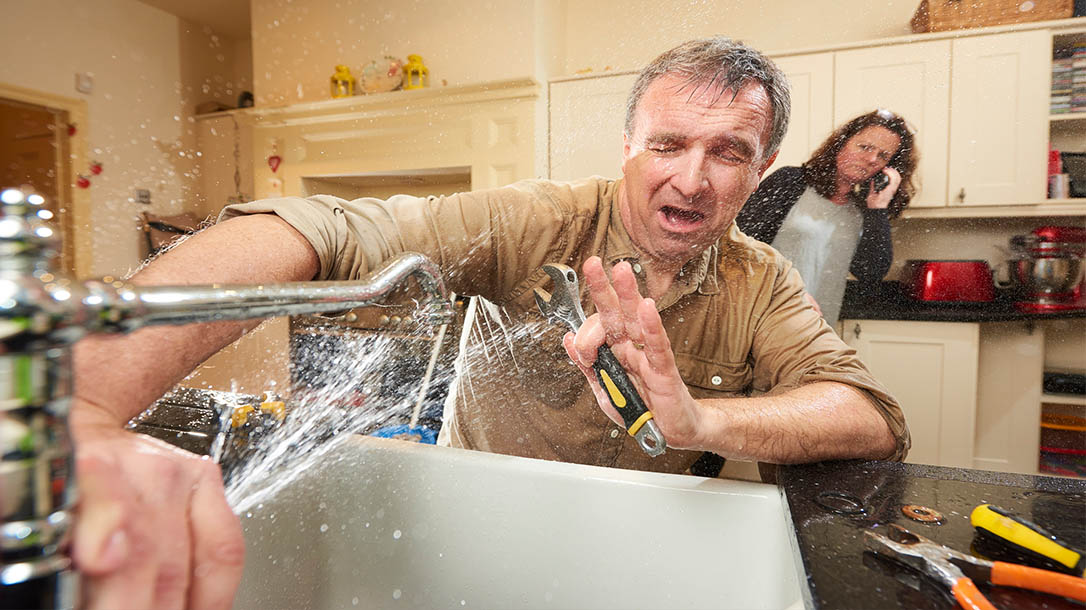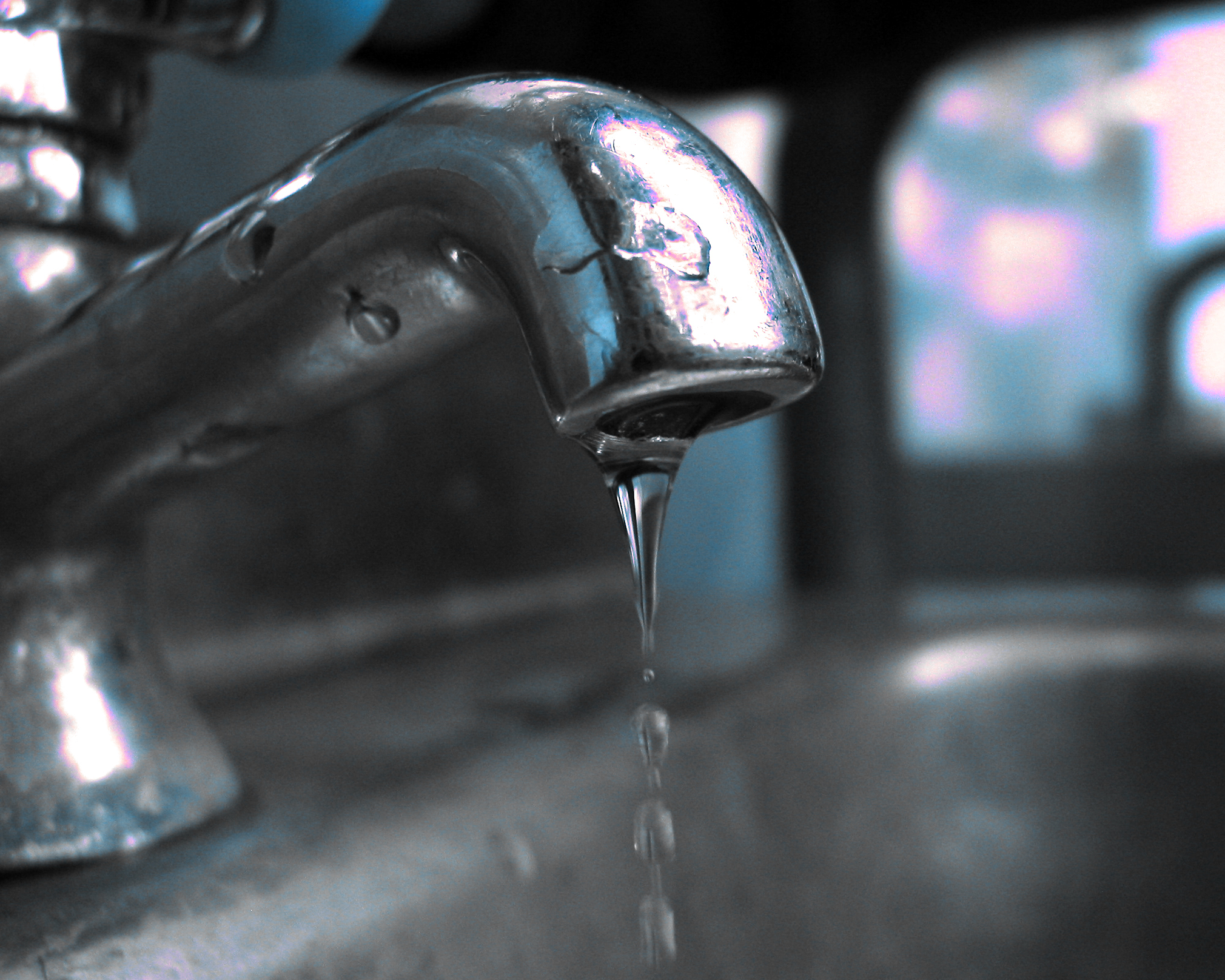The article on the next paragraphs about How to Fix a Dripping or Leaky Faucet is without a doubt enjoyable. You should check it out.

Trickling taps could seem like a minor trouble, however their influence surpasses simply the nuisance of the noise. From wasting water to sustaining unnecessary monetary expenses and health dangers, neglecting a dripping faucet can result in numerous repercussions. In this short article, we'll look into why it's vital to address this typical house problem promptly and properly.
Waste of Water
Ecological Impact
Dripping faucets add considerably to water wastefulness. According to the Environmental Protection Agency (EPA), a solitary tap trickling at one drip per secondly can waste more than 3,000 gallons of water annually. This not just strains water resources but also influences ecological communities and wild animals based on them.
Step-by-Step Guide to Taking Care Of a Dripping Faucet
Tools Required
Prior to attempting to deal with a leaking tap, gather the necessary devices, consisting of an adjustable wrench, screwdrivers, substitute components (such as washers or cartridges), and plumber's tape.
Common Faucet Issues and Their Solutions
Recognize the type of tap and the specific issue creating the drip. Usual issues consist of damaged washers, corroded shutoff seats, or damaged O-rings. Refer to manufacturer guidelines or online tutorials for detailed advice on repair work.
Financial Costs
Enhanced Water Bills
Beyond the environmental effect, leaking faucets can inflate water costs considerably. The built up wastefulness over time converts right into greater utility costs, which might have been avoided with prompt fixings.
Possible Property Damages
Additionally, extended dripping can lead to harm to fixtures and surfaces surrounding the faucet. Water accumulation can trigger staining, corrosion, and also architectural problems if left ignored, causing additional fixing costs.
Wellness Concerns
Mold And Mildew and Mold Growth
The continuous visibility of moisture from a trickling tap develops an optimal atmosphere for mold and mold growth. These fungis not just endanger interior air quality however additionally position health dangers, specifically for individuals with breathing problems or allergies.
Waterborne Diseases
Stagnant water in leaking taps can come to be a breeding ground for bacteria and other microorganisms, boosting the danger of waterborne illness. Impurities such as Legionella microorganisms thrive in stagnant water, potentially bring about major illnesses when consumed or breathed in.
Do it yourself vs. Expert Repair service
Benefits and drawbacks of Do It Yourself Repair Service
While some might try to fix a leaking tap themselves, DIY repair services include their own collection of difficulties. Without proper expertise and tools, do it yourself attempts can exacerbate the concern or bring about insufficient repairs, lengthening the issue.
Advantages of Hiring an Expert Plumber
Hiring a specialist plumber guarantees that the underlying source of the dripping faucet is resolved efficiently. Plumbing professionals possess the expertise and tools to diagnose and fix faucet concerns successfully, saving time and reducing the danger of additional damages.
Ecological Obligation
Private Payment to Conservation
Taking obligation for taking care of trickling taps straightens with more comprehensive initiatives toward water conservation and ecological sustainability. Every person's actions collectively make a significant impact on preserving priceless sources.
Lasting Living Practices
By focusing on timely repair work and adopting water-saving behaviors, individuals add to lasting living practices that benefit both present and future generations.
Preventive Measures
Normal Upkeep Tips
To avoid trickling taps, carry out regular maintenance such as cleaning aerators, examining for leakages, and replacing damaged parts immediately. Additionally, take into consideration setting up water-saving tools or upgrading to much more reliable fixtures.
Value of Prompt Repairs
Attending to dripping faucets as quickly as they're noticed avoids further water waste and possible damage, inevitably saving both water and money over time.
Influence On Residential Property Worth
Assumption of Well-Maintained Property
Maintaining a building in good condition, consisting of resolving upkeep concerns like trickling taps, boosts its viewed value and value amongst possible customers or tenants.
Impact on Resale Value
Qualities with well-kept plumbing fixtures, consisting of taps, command higher resale worths in the property market. Attending to dripping faucets can add to a favorable perception during residential or commercial property assessments and settlements.
Verdict
Resolving a leaking faucet goes beyond simple comfort; it's an important action toward conserving water, lowering economic costs, and protecting health and wellness and property. Whether through DIY repair services or expert assistance, doing something about it to fix trickling taps is a small yet impactful way to advertise liable stewardship of resources and contribute to a much healthier, much more sustainable future.
How to Fix a Dripping or Leaky Faucet
A leaking faucet is one of the most common problems that homeowners encounter, but it being commonplace doesn’t make it any less annoying. The constant drip drip drip of a leaking bathtub faucet, showerhead, or sink tap can disturb your home’s serenity. Left neglected, a dripping faucet can also result in higher water bills and discoloration or mold growth in your sink or plumbing fixtures.
Fortunately, you don’t have to be a trained plumber to know how to stop a dripping faucet. With some basic tools, replacement parts, and a little patience, leaky faucet repair is a breeze. In this article, we’ll explain what causes dripping faucets and how you can fix them.
What Causes a Leaking Faucet?
Kitchen and bathroom faucets come in all manner of designs, but most involve some combination of valves, O-rings, seals, and washers. The O-ring is usually the weakest link, but any one of these pieces can wear down over time. Heat, moisture, temperature fluctuations, minerals, mold, and movement can contribute to warping and corrosion, breaking the watertight seal. This just comes with the territory of being a homeowner. Everything is always subject to wear and tear, and some component parts of your appliances and fixtures need to be replaced on occasion. At least replacement O-rings are cheap!
More rarely, dripping faucets can be a symptom of excessively high water pressure. Were this the case in your home, you would probably notice that the leak is not isolated to one faucet. Water pressure issues are harder to resolve on your own. We recommend contacting a professional plumber if you suspect your water pressure is too high.
How to Fix a Dripping Faucet
- Pipe wrench or monkey wrench
- Allen wrench set
- Screwdrivers
- Old towel or rag
Shut off the water.
Before you do anything, you need to turn off the water to keep from drenching your kitchen or bathroom. You should find a valve under the sink and against the wall. Once you’ve turned this valve, try turning the faucet on to confirm that the water source has been cut off.
If you can’t locate your local valve for the faucet you’re working on, you can always shut off the water to the house at the main valve. Of course, this will prohibit anyone from using the sinks, showers, or toilets while you’re working on the faucet that’s giving you trouble.
Plug or block the drain.
You’ll be disassembling the faucet and removing some small bits of hardware. Plug the drain with a stopper or rag to avoid the possibility of a small screw falling into your P-trap.
Take apart the faucet assembly.
There are several varieties of kitchen and bathroom faucets, each with its own manner of assembly. For detailed instructions on how to disassemble your faucet, you can refer to the fixture’s manual or contact the manufacturer. If you know whether you have a ball, disc, cartridge, or compression faucet, you can find detailed schematics online.
In general, you need to begin by removing the faucet handles. You might notice a small screw that you’ll need to remove with a screwdriver or Allen wrench. If you don’t see any visible securing hardware, it’s likely hidden under a decorative cap that can be unscrewed or popped off with flathead screwdriver.
Remove each piece methodically, consulting a schematic when necessary. Take notes or arrange the pieces in such a way to make it easier to correctly reassemble the faucet later.
Remove the cartridge.
Once you’ve removed the handles and securing hardware, you should be able to remove the valve cartridge or stem. Some cartridges will slide right out. Other faucet models will require you to loosen a nut with a pipe wrench before you can remove the valve stem.
Examine the exposed hardware.
With the cartridge or stem removed, inspect the component parts. Check the rubber O-rings for wear and tear. Also examine the seat washer for corrosion or other damage. These pieces are usually the responsible parties for a dripping faucet, but it’s worth inspecting the other component parts while you have the faucet disassembled.
Find replacement parts.
Once you’ve identified which faucet component has failed, find an identical replacement. Your local hardware store should have O-rings, seat washers, and other standard components in stock. If you have a luxury or uncommon faucet, you may have to contact the manufacturer for a replacement part.
It’s a good idea to take your old parts with you to the hardware store so you can compare them with the store’s inventory and be sure you’re purchasing the correct replacement.
Reassemble the faucet.
With your new parts in hand, reconstruct the faucet and handles. Don’t be tempted to overtighten screws or nuts. You might think this could create a better seal, but it can instead damage or bend a delicate part of the assembly and create a new problem for you.
Turn on the water and test the faucet.
The only thing left to do is test your work. Unplug the sink, turn the water back on, and try the faucet. Congratulate yourself on a job well done!
https://www.libertyhomeguard.com/how-to-fix-a-dripping-or-leaky-faucet/

Do you really like reading up on Why Is It Important To Fix Your Leaking Tap/Faucet?? Write a short review down the page. We would be delighted to listen to your opinions about this review. Hoping that you come back again soon. Do you know anybody else who is fascinated with the niche? Take a moment to share it. Many thanks for being here. Kindly stop by our website back soon.
Comments on “What It's Required to Fix a Leaking Faucet”